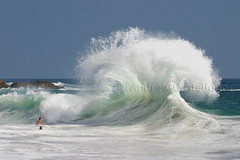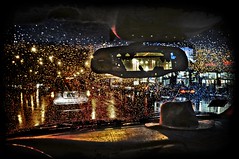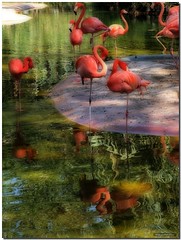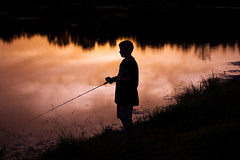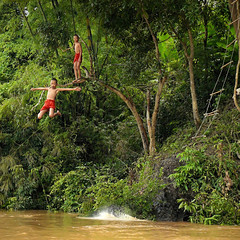
Carp Fishing Equipment: What Do You Need?
Are you interested in carp fishing? If so, you are probably interested in carp fishing equipment. Like many other hobbies and sports, fishing is one of those pastimes where the amount of success you have will depend, in no small part, on the equipment you use. Not that you can't catch a fish of one kind or another with a pole and whatever you can find in your kitchen that can act as bait. But to catch the big fish, like a 10 or 20 pound carp that can be counted on to put up a fight, you need good tools.
If you are going fishing for carp, here is some carp fishing equipment that you will want in your arsenal.
The Right Rod and Line
Carp are big, heavy and strong. And, well, they don't really want to be caught, so you can almost count on them to put up quite a fight as you try to pull them in. The result? Many people who go after these fish without the right equipment find that, after hours of work, all they have to show for it is a broken line, broken rod, and no fish to speak of. So your first step is to get yourself a quality rod. You also want to use a 15 pound test line.
The Right Flies
Many who fish for carp have great success using flies. But not just any flies. There are many flies on the market now days, all of them promising they will help you catch more fish than you ever imagined possible. Some of these flies look like little works of art. But, when fishing for carp, you want to choose flies that look as much like actual carp food as possible. Otherwise, the fish will just ignore your fly and go on about its business.
Use a Net to Make Things Easier
After fighting with a carp for a while you will, if you're lucky, scoop it up and officially declare it caught. Because carp are so heavy, you more than likely won't be able to hold it up by the rod. Instead, you will have to take it directly from the water. Using a net is the easiest way to get this done. However, if you do want to take the carp out of the water by hand, be careful. Holding a carp incorrectly can harm or damage your catch.
Fishing for carp is both fun and challenging. And the best way to guarantee success is by using the right carp fishing equipment.
Written by Glen Buchanan, Keep-Fishing.com, Carp Fishing Equipment.


